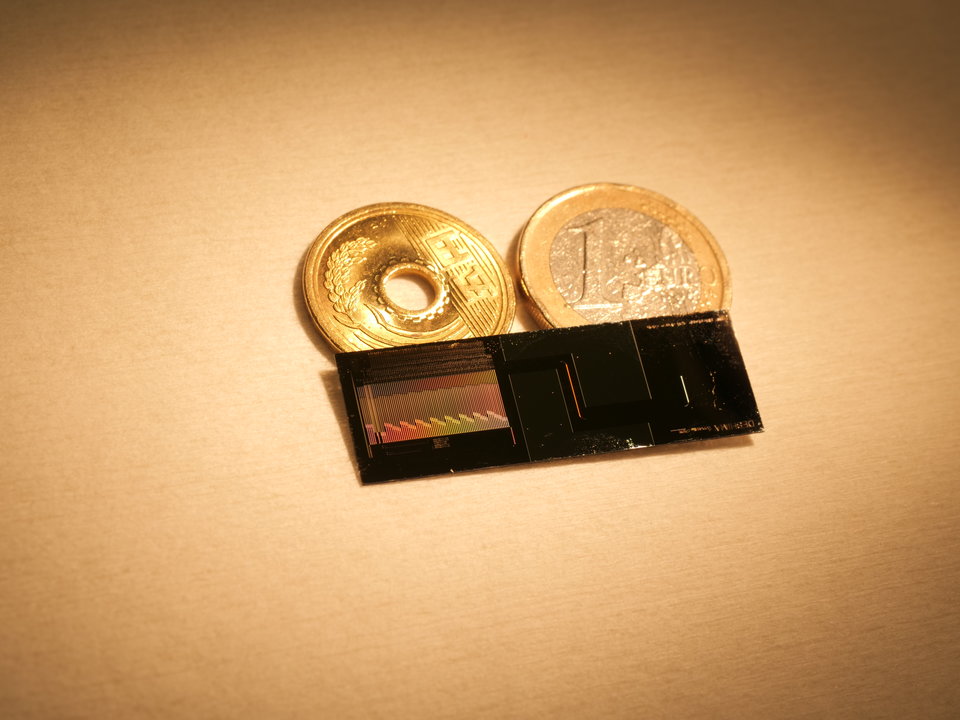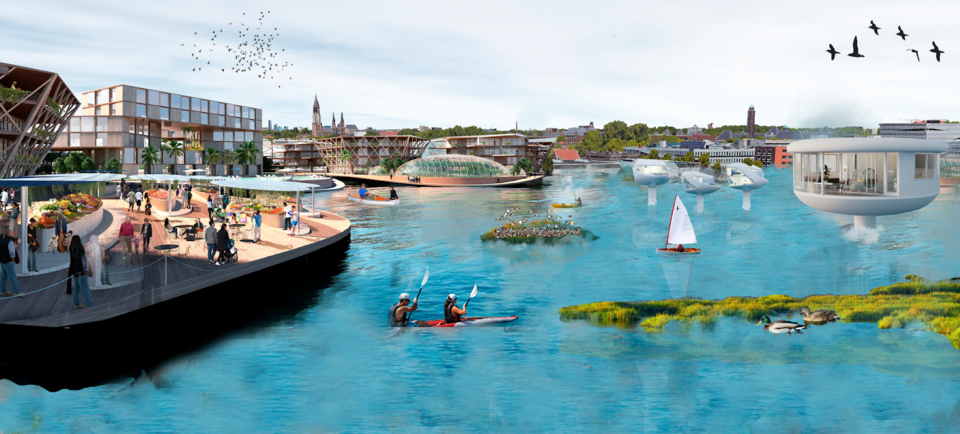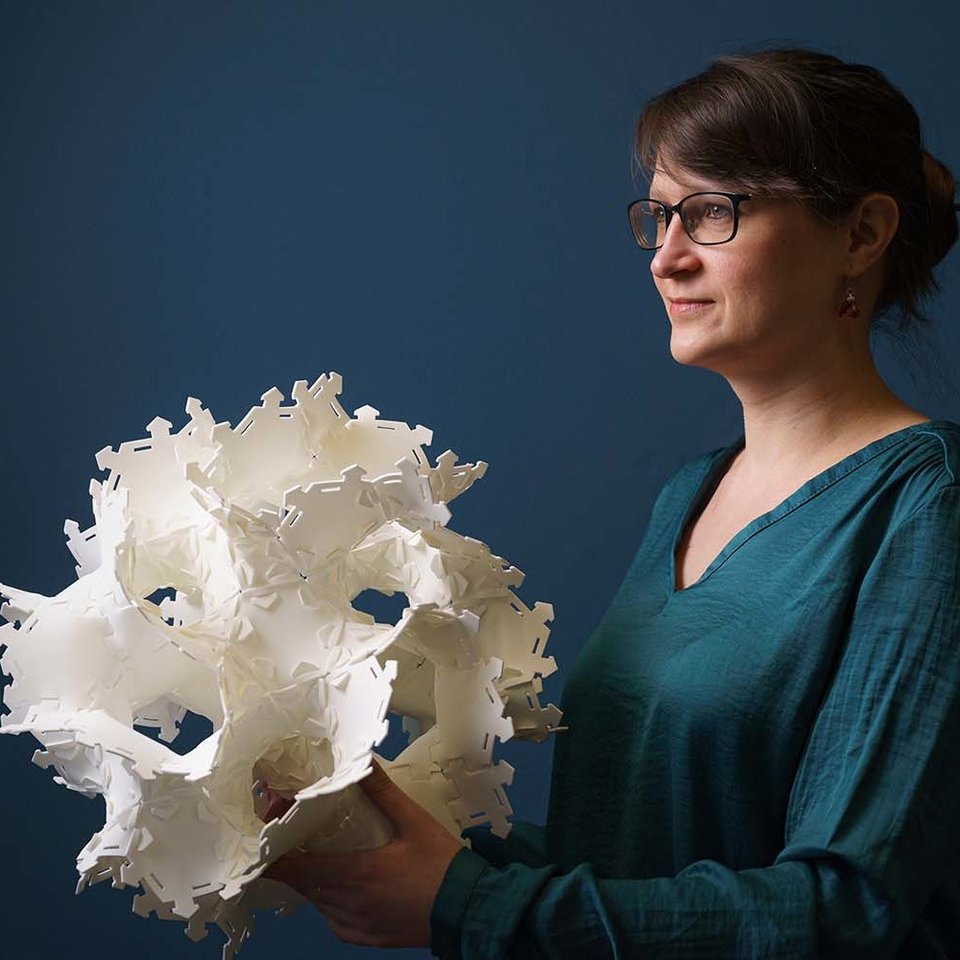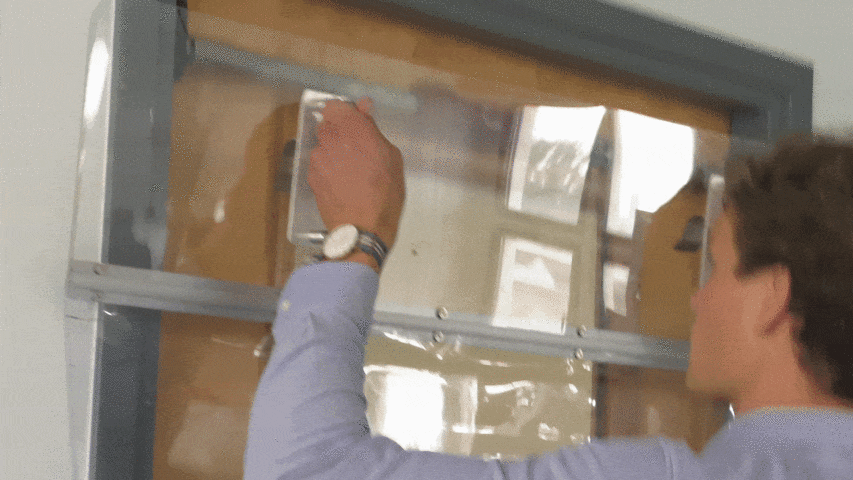Smart and sustainable, that is where freight transport should be headed, according to Mahnam Saeednia. Letting goods themselves determine how they will get to their destination is just one of the innovative ideas she is trying to put into practice. “I see goods as individuals who have to collaborate to reach their goals.” This forward-thinking approach aims to redefine how freight logistics operate, with trains being a key component of this new, efficient system.
Millions of goods are transported across the globe every single day, from parcels to large freight volumes. Coordinating this massive movement is an incredibly complex logistical operation. The current system is working but is not as efficient as it could be, explains Mahnam Saeednia, expert in freight transport and logistics at TU Delft. “It no longer meets today’s transport challenges, such as the increasing demand for goods, the pressure on the environment and a vulnerable infrastructure. Although we have the technology to make significant improvements, it is not being utilised in freight transport as effectively as it is in passenger transport.”
Turning the system on its head
Saeednia approaches logistics from a holistic perspective. She looks at the relationship between the different types of goods transport and their integration. As the system involves many individual parties, such as transporters, ports and rail managers, managing the process is extremely complex. “When I did my PhD in freight and logistics, my conclusion was that what we have is not the most efficient system. We need to rethink the entire approach, where decisions are made more locally and flexibly. We should turn it on its head.”
Goods are treated as intelligent units, each equipped with its own artificial ‘brain’.
Let the goods decide
She envisions a future where goods are treated as intelligent units, each equipped with its own artificial ‘brain’. "In this concept, they can autonomously determine how to get from point A to point B."
Each piece of freight would be connected to a computer system, which uses models and algorithms to determine the optimal path, whether it is the fastest, most sustainable or cheapest. It’s a bit like the decisions you make before you set off on a journey as a passenger. “The advantage is that the freight transport system becomes much more flexible and resilient,” Saeednia explains. “In case of a delay, the old system has a difficult job adjusting the route. If packages have a ‘mind of their own’ and can ’think’, it will be easier to change the route, or mode of transport, making the entire process more adaptable and responsive to unforeseen circumstances.”
Every bird is an individual working with all the other individuals in a harmonised way, latching on and off at will.
Nature as a source of inspiration
Giving goods a voice will not only enable them to make their own choice, but work together efficiently as well. Saeednia found the inspiration for her idea in nature: “I compare it with migratory birds. A flock of birds doesn’t have a leader that says ‘This is how we are going to get to our destination’. Every bird is an individual working with all other individuals in a harmonised way, latching on and off at will. They navigate based on an innate intelligence. When I was doing my postdoc in Zürich, I expanded on this concept by creating models that mimic migratory birds’ behaviour. These nature-inspired models offer a blueprint for a system where goods can independently and collectively adapt, creating a more efficient and flexible logistics network.”
Parcels on a passenger train
Trains play an important part in making goods transport more sustainable and efficient, Saeednia says. And there is much to gain. “Passenger trains are not always full, particularly outside peak hours. In the DelftRail Institute and Turboplan 2030 project, together with partners from the sector, we outlined how we can best use the surplus space.” Boarding parcels on a passenger train is not straightforward, and Saeednia dove into the hurdles. “Stations are usually located in busy cities centres. How do you manage the loading and unloading, without disturbing the traffic or interfering with the boarding passengers? How do you find space for parcels in the train? Via real time cameras or reserving a separate carriage for parcels?”
A chain of self-driving pods
Saeednia sees the use of passenger trains as a transitionary step towards another innovation: the use of self-driving vehicles, called pods, both on the road and on the track. In her current research project Pods4Rail, she is investigating how these future pods may be used in freight transport. “The idea is to have pods driving around both separately and linked up. The pods can be used to transport parcels but also goods like fresh products or humanitarian aid. My focus is the development of algorithms and methods which will enable pods to function efficiently and harmonise road and rail transport.”
Connecting two worlds
Her work experience in industry and background as a logistics researcher have helped Saeednia “enormously” in her approach to the challenges she is facing. “These are two different worlds and they operate separately. I am lucky enough to be familiar with both worlds. I see it as part of my mission to connect the two and bring them close together. The next step is to translate these ideas into reality.”
Published: September 2024
Mahnam Saeednia is an Assistant Professor in the department of Transport and Planning.
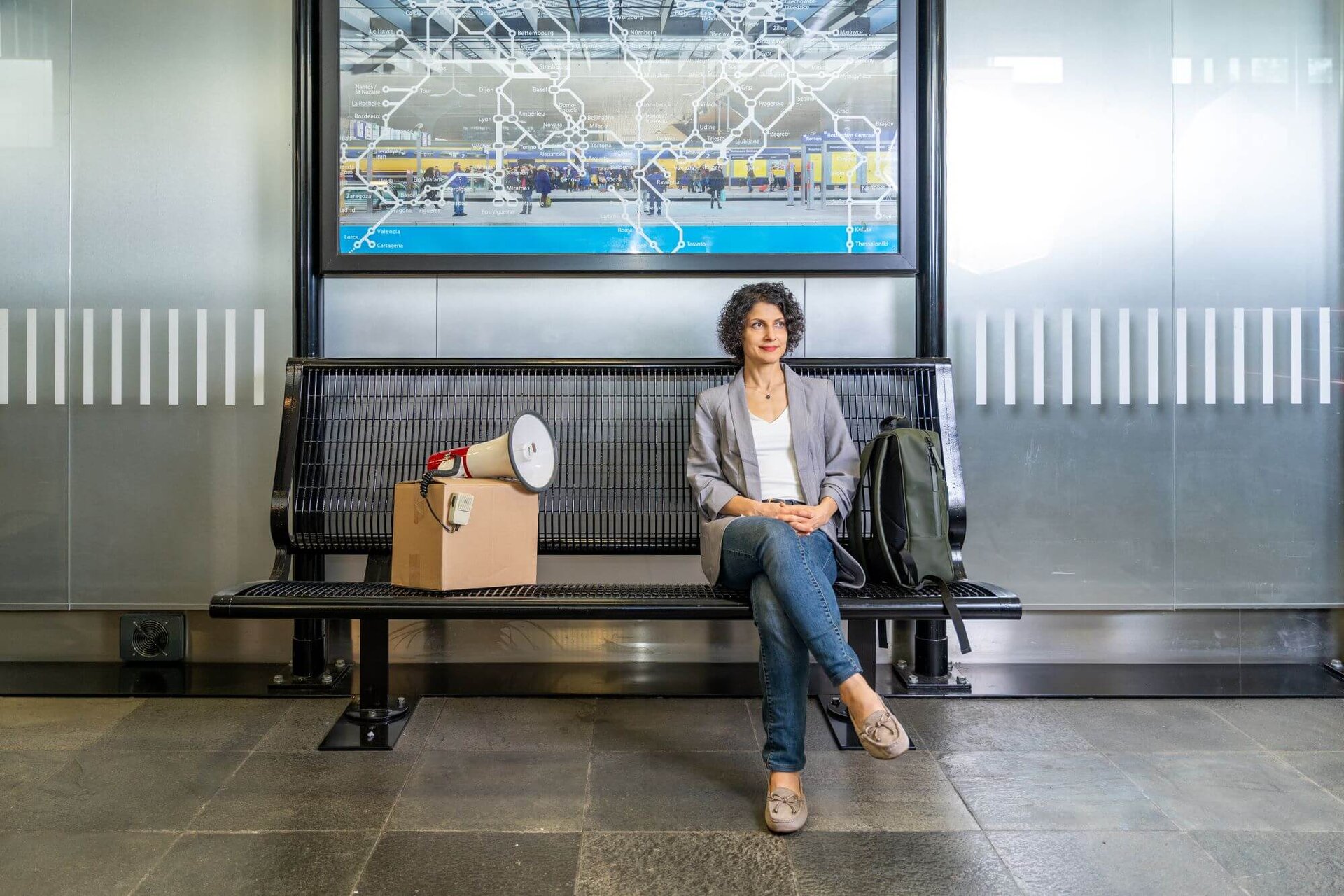
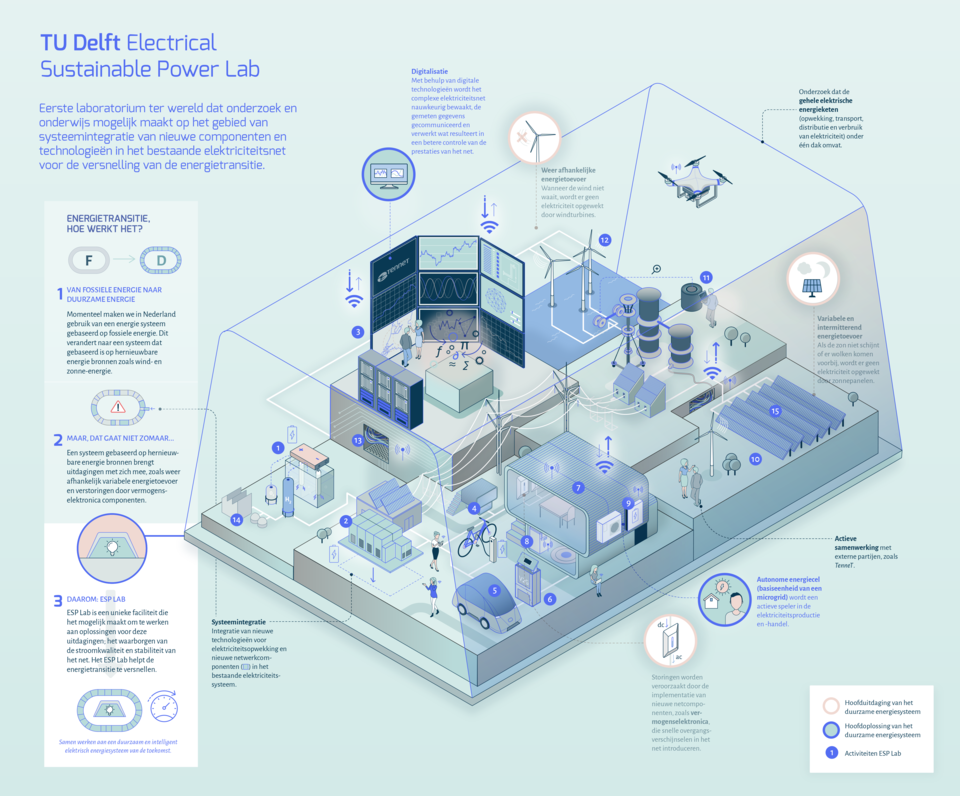
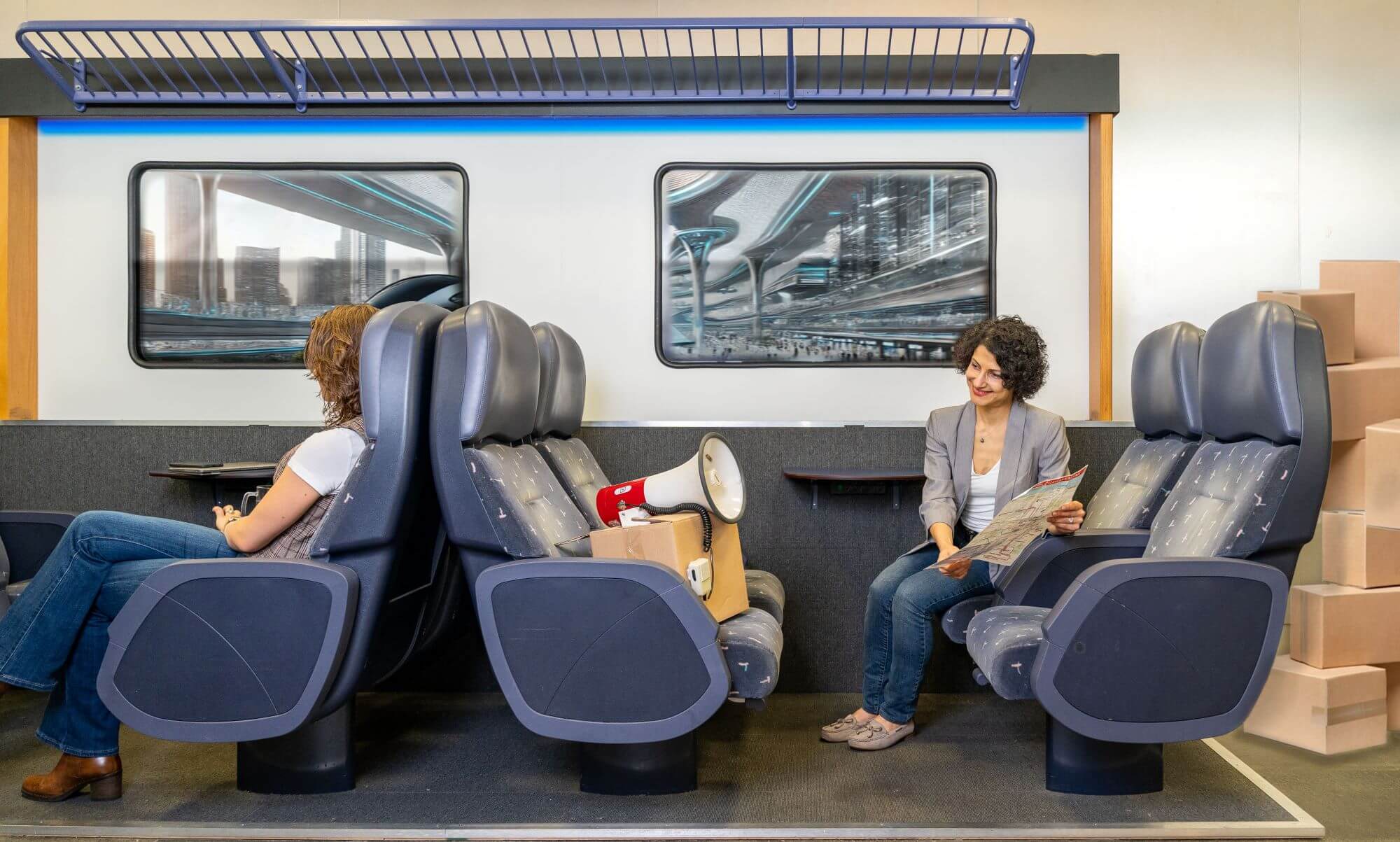
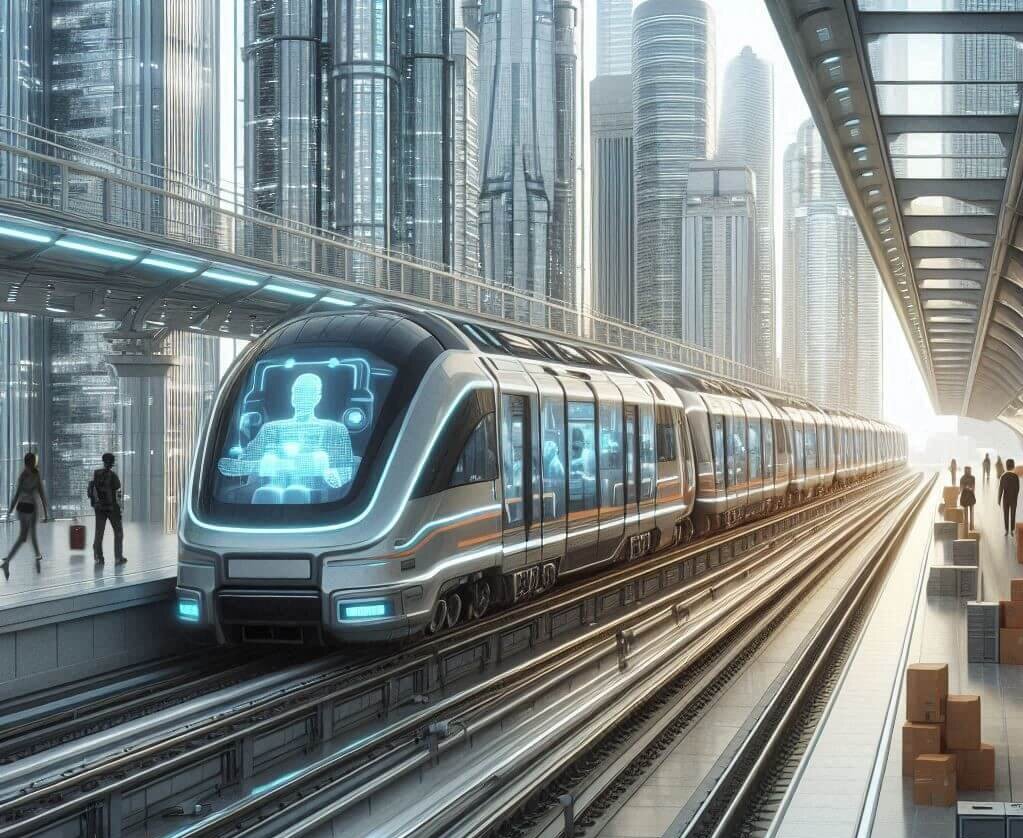

![[Translate to English:] [Translate to English:]](https://filelist.tudelft.nl/_processed_/6/f/csm_Shadi_bus_91d480758b.jpg)

